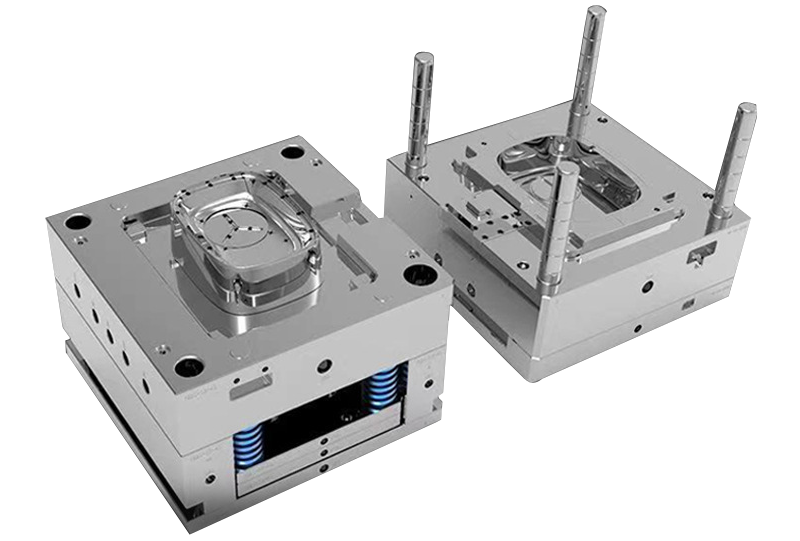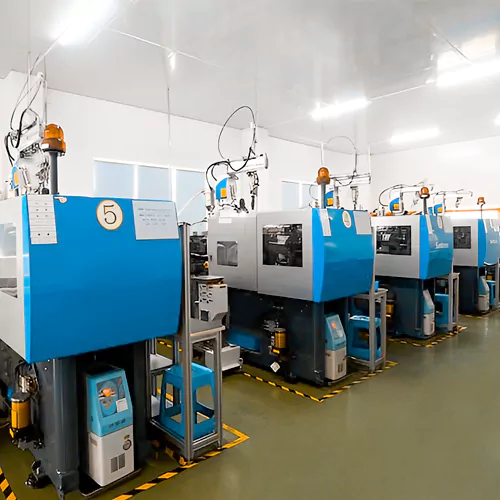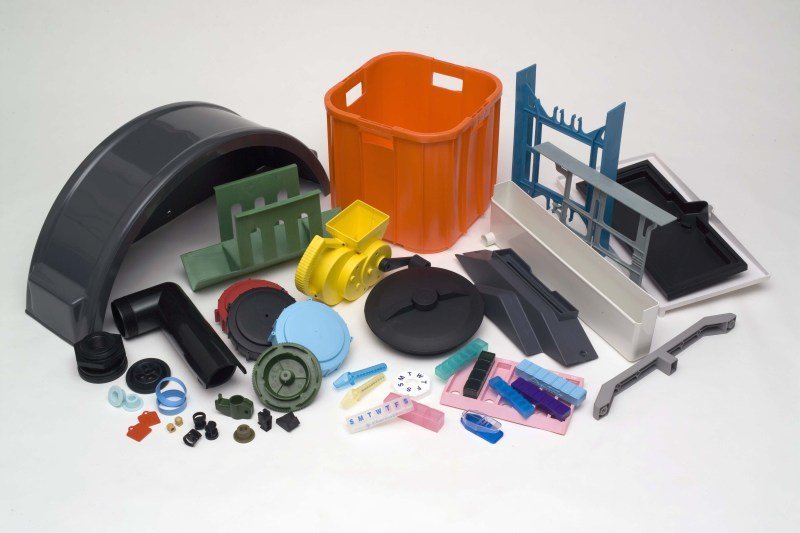Plastic Injection Molding: A Comprehensive Overview to Modern Production Techniques
Understanding the Essentials of Plastic Shot Molding Procedures
Plastic shot molding serves as a cornerstone of modern-day manufacturing, providing a methodical method to creating complicated parts with accuracy. Checking out these necessary aspects could disclose just how even small modifications can lead to considerable improvements in manufacturing end results, increasing questions about the capacity for development in this well-known procedure.
What Is Plastic Injection Molding?
Plastic shot molding is an extensively utilized production process that transforms polycarbonate and thermosetting materials into precise and complex forms. This technique is favored for its capacity to produce high volumes of the same parts with remarkable precision, making it a vital method in numerous industries, consisting of auto, consumer items, and clinical tools.
The process includes thawing the chosen plastic product and infusing it right into a mold under high pressure. The mold and mildew, made to the specs of the wanted component, allows the molten plastic to form as it strengthens and cools. Once the material has hardened, the mold is opened, and the ended up part is ejected.
Plastic injection molding uses a number of benefits, including lowered waste, consistency in manufacturing, and the capability to incorporate elaborate layouts that may be challenging with various other making approaches. Additionally, it supports a broad array of products, each giving one-of-a-kind residential or commercial properties that can be tailored for certain applications. As markets remain to introduce, plastic injection molding remains at the forefront, enabling the development of sophisticated items that satisfy evolving consumer demands.
The Injection Molding Process
The injection molding procedure is an advanced technique that includes a number of essential phases to generate top quality plastic elements. At first, plastic pellets are fed right into a warmed barrel where they are merged a viscous liquid. This molten plastic is after that infused under high pressure right into a precision-engineered mold and mildew, which forms the material into the wanted form.
When the mold and mildew is loaded, the plastic is enabled to strengthen and cool down, taking the shape of the mold and mildew cavity. Cooling time is critical, as it influences the cycle time and the last residential properties of the molded component. After enough air conditioning, the mold opens, and the completed part is expelled utilizing ejector pins.

Products Made Use Of in Injection Molding
Numerous materials can be used in the shot molding procedure, each offering unique properties that satisfy particular applications. One of the most frequently utilized products consist of thermoplastics, thermosetting plastics, and elastomers.

Thermosetting plastics, like epoxy and phenolic materials, go through a chemical adjustment during the treating process, causing a rigid, stringent framework. These materials are excellent for applications needing high warm resistance and architectural integrity, usually used in electric insulators and auto components.
Elastomers, including silicone and rubber-based products, offer flexibility and strength. Their unique residential or commercial properties make them ideal for applications that require elasticity, such as seals and gaskets.
In addition, specialty products like bio-based plastics and compounds are obtaining grip for their environmental advantages and boosted performance qualities, widening the range of injection molding applications in different markets. Recognizing the residential or commercial properties of these materials is essential for choosing the ideal kind for details jobs.
Advantages of Injection Molding
Shot molding stands apart as a highly effective manufacturing process that offers numerous benefits for generating complicated get rid of precision. One of the most significant benefits is the capacity to produce complex styles that would be tough or impossible to attain with other approaches (Plastic Injection Molding). The procedure permits tight tolerances and comprehensive attributes, making sure high-grade elements
Additionally, shot molding is known for its rapid manufacturing abilities, making it an ideal selection for high-volume production. As soon as the mold is developed, components can be created swiftly, decreasing preparations and enhancing general performance. This performance not only decreases manufacturing prices however also gives a competitive edge out there.
The flexibility of products used in injection molding even more improves its allure. A variety of thermoplastics and thermosetting polymers can be utilized, permitting makers to pick products that best meet their particular demands, including flexibility, heat, and strength resistance.
In addition, the process lessens waste, as excess product can often be recycled and recycled. This sustainability aspect contributes to a lowered environmental influence, making shot molding an accountable manufacturing selection. Overall, the advantages of shot molding make it a recommended technique for lots of sectors.
Factors Affecting Product High Quality
While many variables can affect item high quality in injection molding, comprehending these aspects is important for attaining optimum outcomes. Trick facets include product choice, refining parameters, and mold and mildew layout.
Product option plays an essential function, as various polymers display distinct residential properties that affect flowability, strength, and thermal security. Insufficient material choice can cause flaws such as warping or incomplete dental filling.
Handling specifications, including cycle, stress, and temperature level time, must be meticulously regulated. Variants in these settings can lead to incongruities partially dimensions and surface area coating. Exceedingly high temperature levels may create destruction of the polymer, while poor pressure can result in brief shots.
Mold design is equally vital, as it figures out the flow of the molten plastic and the cooling procedure. Improperly developed mold and mildews may bring about irregular cooling prices, resulting in recurring stresses and dimensional errors.

Verdict
Finally, plastic shot molding offers as a crucial production procedure that makes it possible for the efficient manufacturing of high-quality elements. Mastery of the injection molding process, consisting of the understanding of materials and the influence of various elements on product quality, is vital for attaining ideal outcomes. The advantages of this method, such as cost-effectiveness and style versatility, further emphasize its importance throughout numerous industries, solidifying its condition as a preferred choice for high-volume manufacturing.
Plastic shot molding offers as a foundation of modern production, offering a systematic approach to producing intricate parts with accuracy.Plastic shot molding offers a number of advantages, consisting of minimized waste, consistency in manufacturing, and the capability to incorporate complex layouts that may be testing with other producing approaches (Plastic Injection Molding). As industries continue to innovate, plastic shot molding remains at the center, making it possible for the growth of innovative products that check out here meet advancing customer link demands
The injection molding procedure is a sophisticated strategy that involves several key phases to create high-grade plastic elements.In verdict, plastic shot molding offers as a critical manufacturing process that allows the efficient production of high-quality elements.